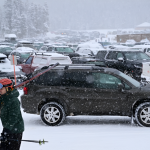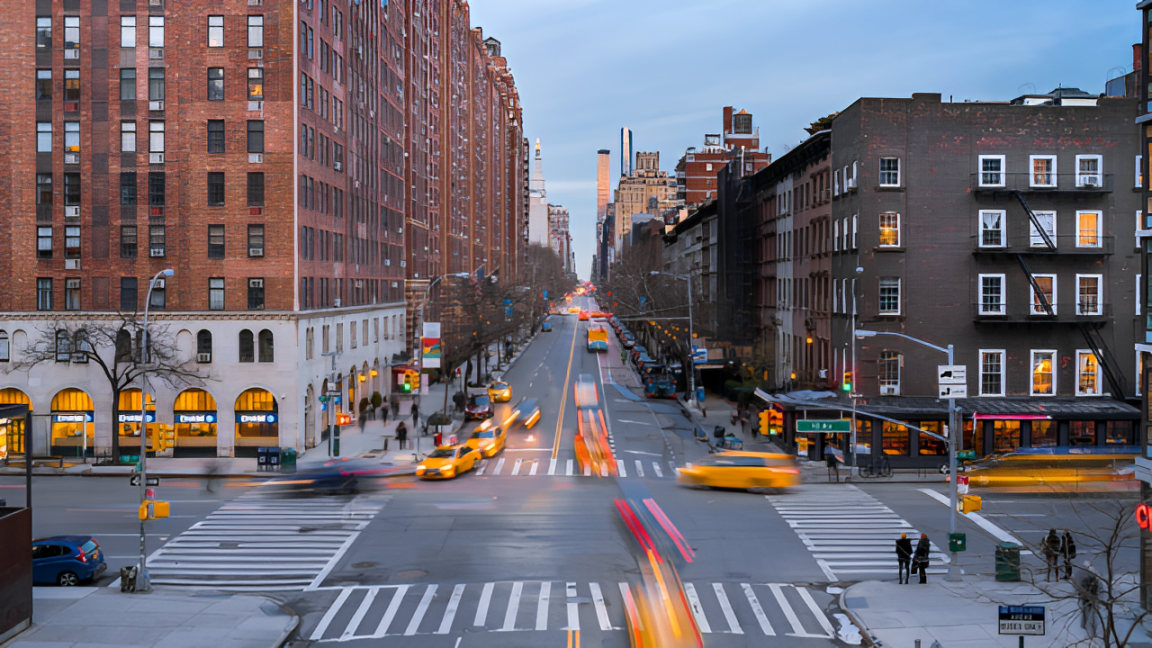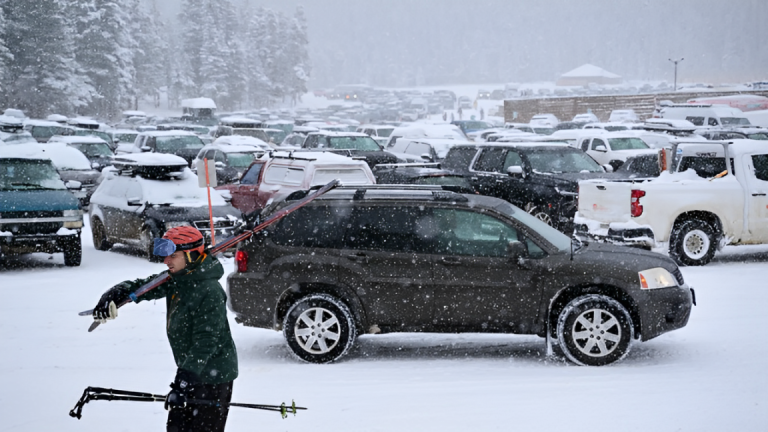Navigating the bustling streets of New York requires a comprehensive understanding of the state’s right-of-way laws.
These regulations are designed to ensure the safety of drivers, pedestrians, and cyclists by dictating who must yield in various traffic scenarios. A thorough grasp of these laws not only promotes safety but also helps prevent legal infractions.
Understanding Right-of-Way
In New York, the term “right-of-way” refers to the legal prerogative to proceed ahead of others in specific traffic situations.
It’s important to note that right-of-way is not an absolute entitlement; rather, state laws specify when a driver or pedestrian must yield to others. The New York Vehicle and Traffic Law (VTL) provides detailed guidelines on these rules.
Intersections and Right-of-Way
Intersections are common sites for confusion regarding right-of-way. According to VTL Section 1140, when two vehicles approach an intersection simultaneously from different roads, the driver on the left must yield to the driver on the right. This rule helps prevent collisions and ensures a smooth flow of traffic.
For vehicles making left turns, VTL Section 1141 mandates that drivers must yield to oncoming traffic traveling straight or making right turns.
This means that if you’re turning left, you must wait until the path is clear of oncoming vehicles before proceeding.
Stop and Yield Signs
The presence of stop and yield signs further clarifies right-of-way at intersections.
Per VTL Section 1142, drivers approaching a stop sign must come to a complete halt and yield to any vehicle that has entered the intersection from another road or is approaching closely enough to pose a hazard.
Similarly, at yield signs, drivers must slow down and yield to traffic on the intersecting road.
Pedestrian Right-of-Way
Pedestrian safety is a significant concern in New York. VTL Section 1151 states that drivers must yield the right-of-way to pedestrians crossing within marked or unmarked crosswalks at intersections.
However, pedestrians should not suddenly leave a curb and walk or run into the path of a vehicle that is so close that it is impractical for the driver to yield.
Additionally, VTL Section 1151-A requires drivers emerging from or entering an alleyway, building, private road, or driveway to yield to pedestrians on the adjacent sidewalk.
This ensures that pedestrians have safe passage across these potential points of conflict.
Read More:
- A Detailed Look at New Mexico’s Right of Way Laws!
- Proposed Bill Banning Certain Guns Hits Bump as Opponents, Advocates Speak Out!
Special Considerations in New York City
New York City, with its dense traffic and unique regulations, has additional rules to enhance safety.
For instance, the city has implemented a Right of Way Law, making it a misdemeanor for drivers to fail to yield to pedestrians and cyclists who have the right-of-way, resulting in injury or fatality.
This law underscores the city’s commitment to protecting its most vulnerable road users.
Recent Changes: Legalization of Jaywalking
In a significant policy shift, New York City recently legalized jaywalking. As of three months ago, pedestrians can cross streets outside of crosswalks or against traffic signals without violating the administrative code.
However, pedestrians must still yield to vehicles with the right-of-way and remain aware of the risks involved. It’s important to note that individuals may still be liable for civil damages resulting from jaywalking-related accidents.
Consequences of Violating Right-of-Way Laws
Failing to adhere to right-of-way laws can lead to severe consequences, including traffic citations, fines, and points on your driving record.
More critically, such violations increase the risk of accidents, potentially resulting in injuries or fatalities. Understanding and respecting these laws is essential for the safety of all road users.
Conclusion
New York’s right-of-way laws are designed to facilitate orderly and safe interactions among drivers, pedestrians, and cyclists. By familiarizing yourself with these regulations and practicing courteous driving habits, you contribute to a safer environment for everyone on the road.
For more detailed information, refer to the New York State Vehicle and Traffic Law, available through the New York State Legislature’s website.
Disclaimer- Our team has thoroughly fact-checked this article to ensure its accuracy and maintain its credibility. We are committed to providing honest and reliable content for our readers.
























+ There are no comments
Add yours